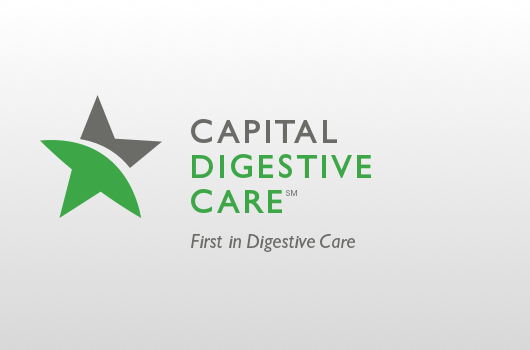
Now known as metabolic dysfunction-associated steatotic liver disease (MASLD).
Nonalcoholic fatty liver disease (NAFLD) occurs when an excessive amount of fat accumulates in the liver of individuals who consume minimal to no alcohol. All livers contain some fat, but the liver’s normal fat level is 5 to 10 percent. If an individual’s liver has more fat than that, it’s evidence of NAFLD. Fatty liver disease can also be caused by alcohol consumption over time, which is called alcoholic fatty liver disease (AFLD). Although these two conditions have different causes, a person can have both NAFLD and AFLD at the same time.
NAFLD is very common, affecting as many as 100 million people in the United States. NAFLD is now the leading cause of chronic liver disease worldwide. It is estimated that 1 out of 4 people globally have NAFLD.
About 25 percent of people with NAFLD go on to develop nonalcoholic steatohepatitis (NASH), also referred to as metabolic dysfunction-associated steatohepatitis (MASH), which damages the liver. NAFLD increases a person’s risk of developing heart disease, liver cancer, and cirrhosis (permanent scarring of the liver) in the future.
Symptoms
NAFLD is a “silent” disease, meaning it typically has no noticeable symptoms.
Risk Factors
Although the causes of NAFLD are unclear, certain conditions raise a person’s risk of developing the condition. The most common cause of NAFLD is metabolic syndrome, a term that refers to a combination of conditions: obesity, diabetes, elevated cholesterol, and high blood pressure. Risk factors for NAFLD include:
- Obesity, especially if fat is concentrated in the belly (abdomen)
- Metabolic syndrome
- High cholesterol
- High triglyceride levels in the blood
- Type 2 diabetes or prediabetes
- High blood pressure
- Polycystic ovary syndrome
- Sleep apnea
- Underactive thyroid
- Underactive pituitary gland
When to See a Doctor
If you have risk factors for NAFLD, it’s smart to see a doctor for a thorough exam and consultation. Early detection, diagnosis, and treatment can prevent NAFLD from progressing to NASH.
Treatment Options
For people with NAFLD who have no symptoms, treatment may not be needed, although a doctor may recommend lifestyle changes to prevent further fatty buildup. Recommended lifestyle changes may include:
- Losing extra weight
- Eating a healthy diet
- Getting regular exercise
- Controlling diabetes (with medication, if needed)
- Reducing cholesterol and triglyceride levels in the blood (with medication, if needed)
- Avoiding alcohol
- Talking with your doctor about other medications you’re taking that may affect your liver
Diagnostic Testing
The foremost diagnostic test for any condition is a thorough exam and consultation with a physician, including a review of your individual and family history. In addition, your physician may recommend any of the following tests or procedures, which may provide further diagnostic value:
- Liver Biopsy
- Blood test
- Imaging tests
Prevention
Many of NAFLD’s causes are treatable or preventable, so discuss any risk factors you have with your doctor. If you develop NAFLD, it may be possible to prevent your condition from getting worse with lifestyle changes. Work with your doctor to develop a healthy fatty liver disease diet for you.
Learn More
Learn more about NAFLD with resources from the National Institutes of Health.